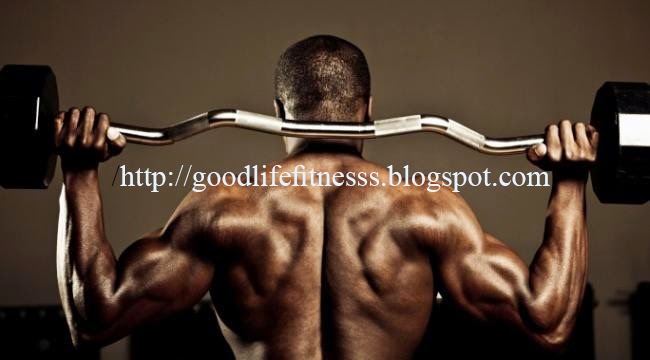By womensfitness
Pounding the treadmill may crush calories, but there’s a faster, more effective way to shift fat for good. Dave Fletcher tells all
 |
| Revealed! The real secret to fat loss |
If you’re a regular reader of Women’s Fitness, you’ll probably know that we reckon weight training is just as important as cardio for fat loss. Not only does weight training boost your metabolism and firm you up all over, it’s also great for shifting those stubborn bulges. But there’s more science behind it than you may think, and it’s all to do with your muscle fibres. By knowing how they work, and how to get the best from them, you can blitz your wobbly bits forever. Hurrah!
Which twitch is which?
Our muscle fibres are split into two main types: slow twitch and fast twitch. Slow-twitch fibres contract slowly and
rely on oxygen as their main energy source. They can
be used for longer periods
of time; for instance, athletes who run long distances
need more slow-twitch
fibres in their legs.
Fast-twitch fibres, on the other hand, contract quickly and provide strength and speed, though they also fatigue more quickly. Sprinters require short but intense bursts of energy and so need more fast-twitch muscle fibres. Fast-twitch muscle fibres rely on the energy-carrying molecule adenosine triphosphate (ATP) and glycogen as their main energy sources. As ATP sources can be rapidly depleted and lactic acid is a by-product of the breakdown of glycogen, fast-twitch fibres can only be active for a short time.
Different types of exercise will determine whether your fast- or slow-twitch fibres have to work to complete the task ahead. Basically, aerobic exercise will stimulate your slow-twitch fibres and weights, sprints and circuits will stimulate your fast-twitch fibres.
Fast weight loss
It has been drummed into us that for maximum weight loss, we should focus on our slow-twitch fibres by doing steady-state cardiovascular exercise. But in recent years, sports science has proven that women who focus on stimulating their fast-twitch fibres by doing weight training, sprints and kickboxing lose fat and overall body weight far quicker. A study from Boston University revealed that the increase in muscle mass you get by pumping iron can reduce your body fat, which in turn reduces overall body mass
and lowers the risk of adult diabetes.
You don’t need to panic about putting on bulk by weight training, either. This ultimately comes down to hormones and calories. Women simply don’t have the testosterone to bulk up, even if
they are doing weight training. This is the most misunderstood message among female exercisers, and it’s really important that you don’t let it get in the way of your dream body.
Weights and sprint training will help you lose fat because of the effect that our muscles have on the body’s ability to burn calories at rest (our metabolic rate). If your workouts involve fast-twitch muscle stimulation by using weights, sprints or kickboxing moves, your body will continue to burn fat for up to eight hours after a session. Slow-twitch workouts (such as long runs, extended swims or cross-training sessions) are a different story. You will only burn fat for about an hour after a slow-twitch session.
Mix it upAn effective fat-loss programme will focus on stimulating all of
your muscle fibres by mixing up weights, circuits and cardio. Women reach a plateau in their fitness when they focus 100 per cent of their gym time on their slow-twitch muscles fibres (i.e. running or cross training). Weight training and high-intensity exercise are far more powerful fat-loss tools. Ultimately, a combination of exercises that stimulate slow- and fast-twitch
fibres is the recipe for weight-loss success.










